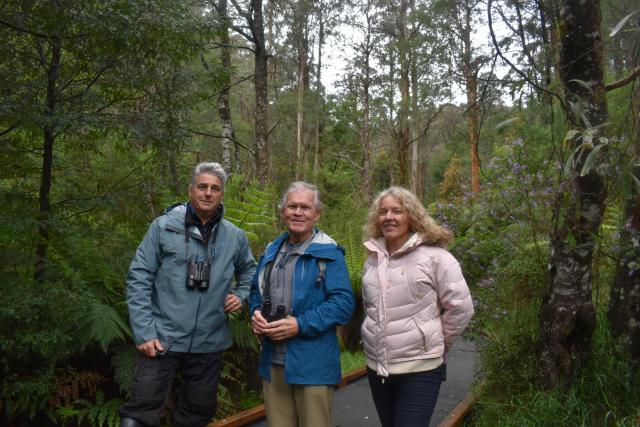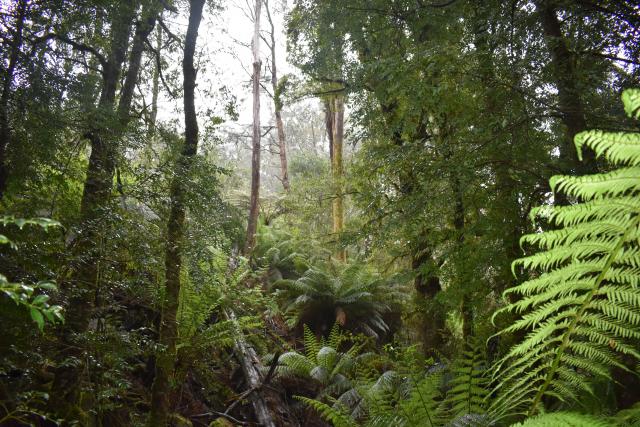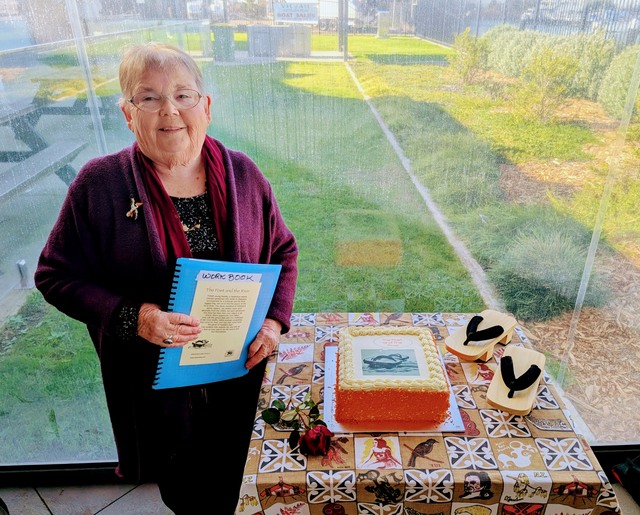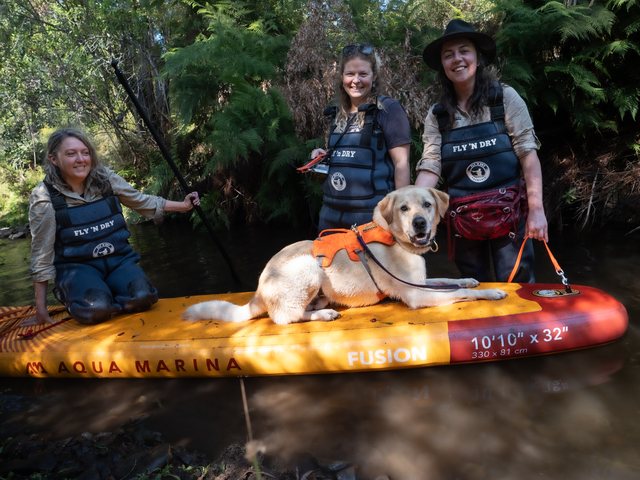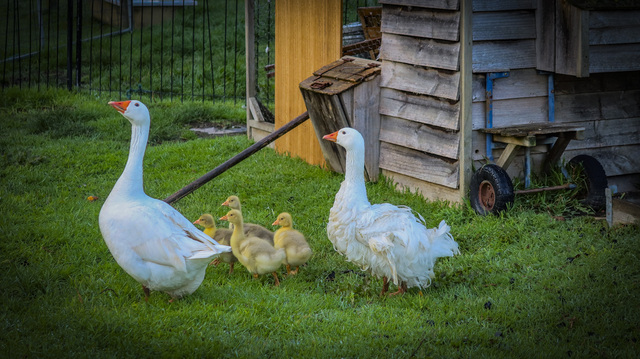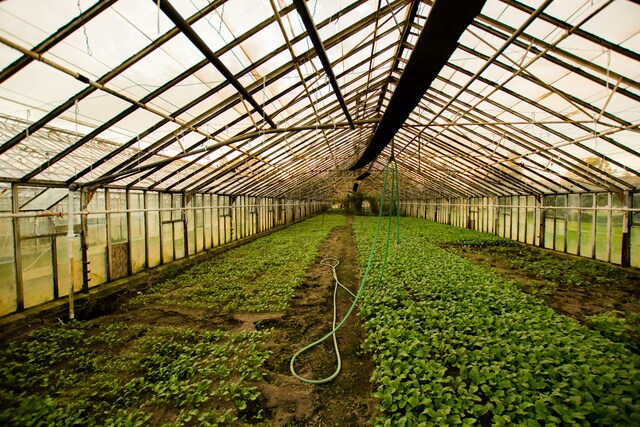Following the announcement that Victoria’s native forestry industry will be shut down from 1 January next year, 1.8 million hectares of land previously slated for timber harvesting needs a new purpose.
The Great Forest National Park (GFNP) proposal which materialised from the Yarra Ranges could be the possible solution.
Founding member of the GFNP proposal and Toolangi resident Sarah Rees said she was somewhat surprised to see the abrupt end of Victoria’s native forestry industry.
“A lot of money and time and effort has gone into finding solutions for this forest and naturally, we were, on the one hand, overjoyed, but with great consideration and empathy also for those who are employed in this sector,” she said.
“They have to undergo, in some cases, quite radical changes to their lives so my sympathy for them is strong.”
The GFNP idea came to life in the most destructive of circumstances for forests in the Yarra Ranges, following the 2009 Black Saturday bushfires. It was seen as a way to save what forest remained and protect the biodiversity, including critically endangered species like Victorian faunal emblems; the Leadbeater’s Possum and Greater Glider.
Ms Rees said the proposal has been a long process.
“What came to the public in 2013/14 as a result of the Black Saturday fires was a push to conserve the last unburnt and unlogged areas, to ensure species persist in the landscape, we protect our water, we keep our best carbon stocks in the land and ultimately to also rebuild and reenergize regional communities with recreational opportunities,” she said.
“In 2015 the Andrews Government set up a Forest Industry Taskforce and we deliberated over this land with industry for several years, ultimately resulting in a process for industry to ensure that any transition was done so in a just and timely way.”
The Victorian Government indicated in its timber industry announcement that an advisory panel would be set up to make recommendations on what to do with the new land, with indicated options including identifying what qualifies for protection in National Parks, opportunities for land management by Traditional Owners and what could be allocated for recreational activities such as camping, hunting, hiking, mountain biking and four-wheel driving.
Ms Rees said a lot of this land hasn’t recovered well post-fires and logging.
“There are invasive species problems, as we know with the deer and so we were really buoyed by the idea of the recreational investment also offered by the last week’s announcement, clearly the Andrews Government isn’t talking about locking up and leaving it,” she said.
“What will also be important is the deployment of people who are really good at managing this land to get out there, we’ve got to keep our fire breaks open, we’ve got to keep our roads open so hopefully we will see jobs increase, not decrease.”
The GFNP proposes adding an additional 355,000 hectares of forest to the existing 170,000 hectares of protected forests in the Central Highlands to form the park, which would span north to south from Eildon to Yellingbo and east to west from Baw Baw to Kinglake.
Ms Rees said she has no doubt the voices supporting the campaign for the park will grow in volume.
“Our work will be, as it always has been, to keep advocating for the park and its values and now, having a broader voice across other areas, to assist there as well,” she said.
“We will expect to be part of the government’s process moving forward, as many groups will, and my understanding is there will be a public submission process, so everyone will get a say.”

